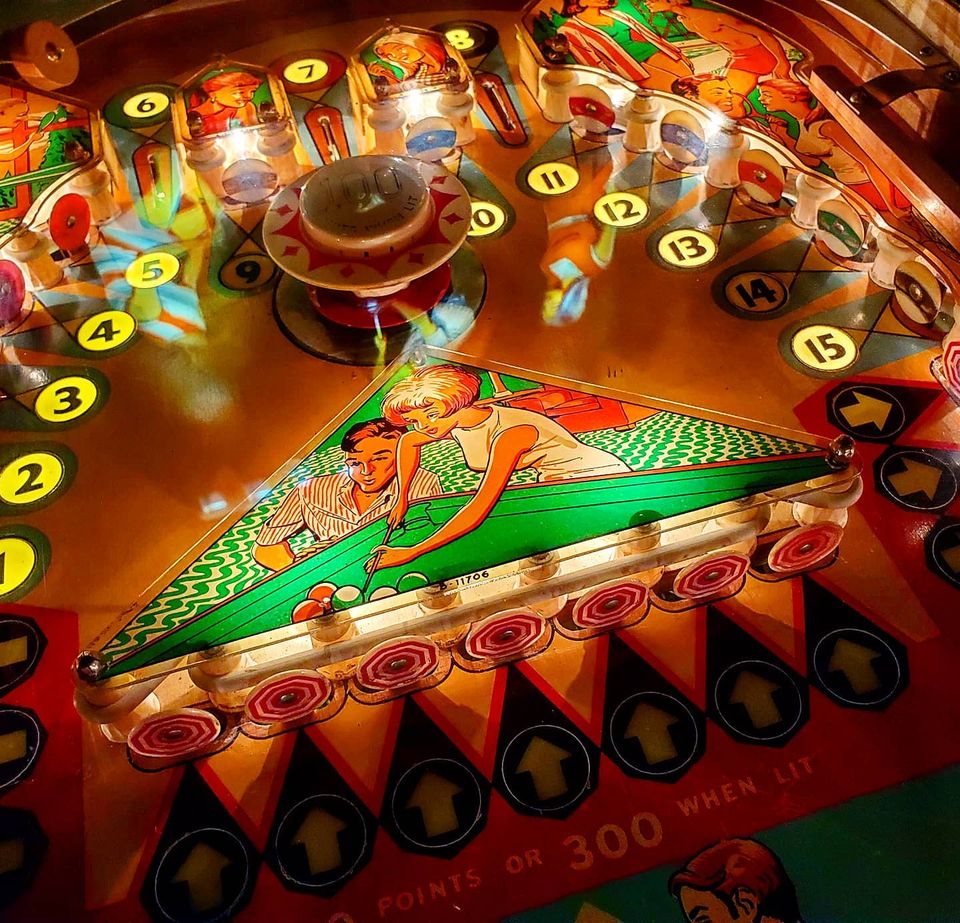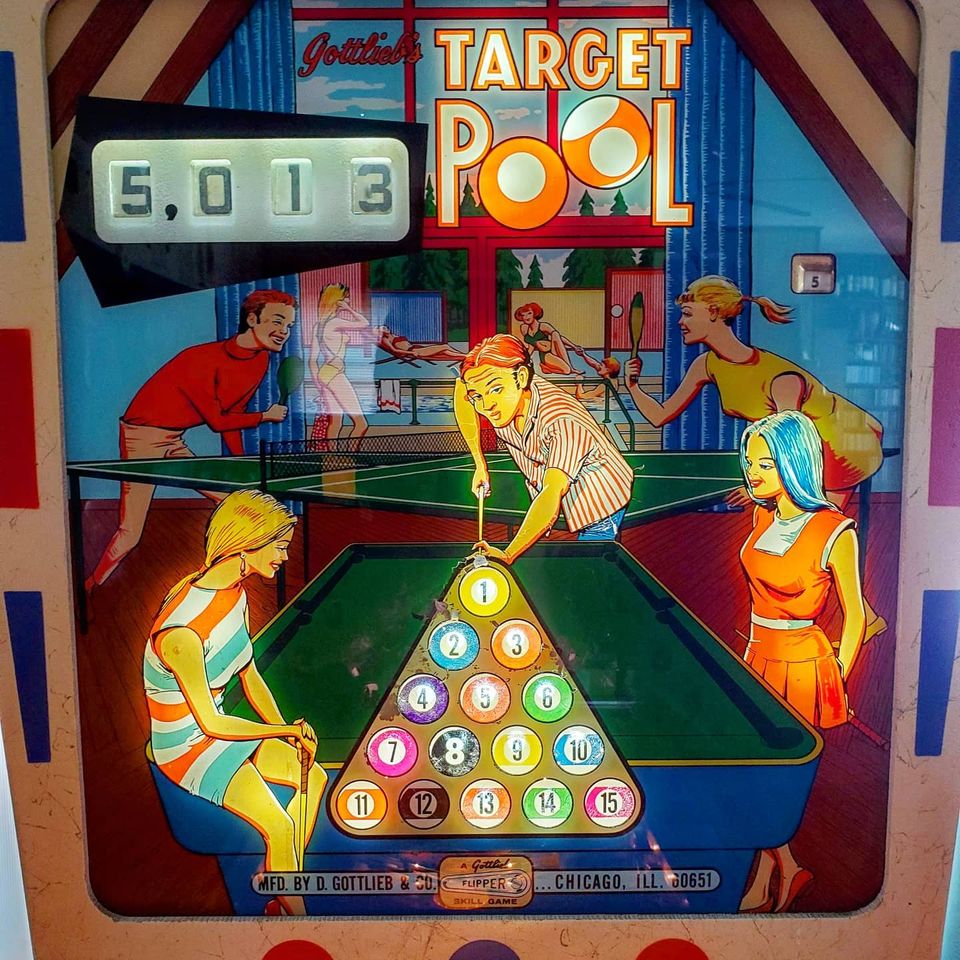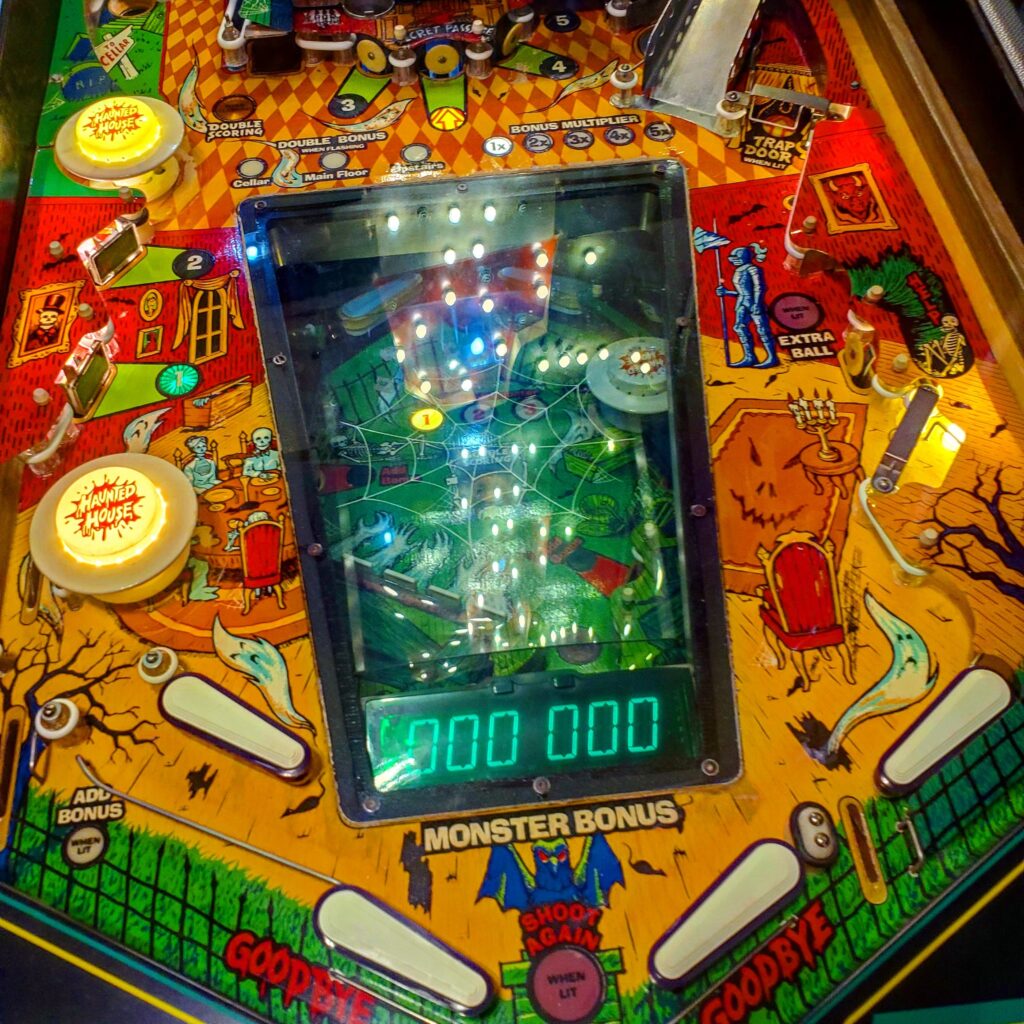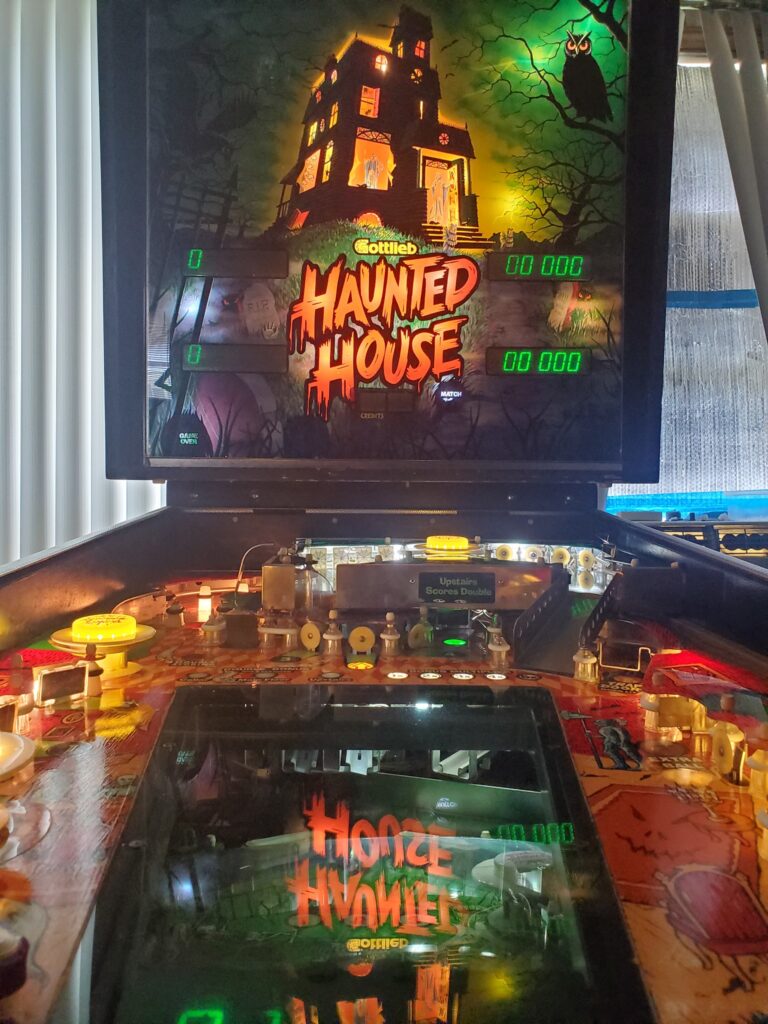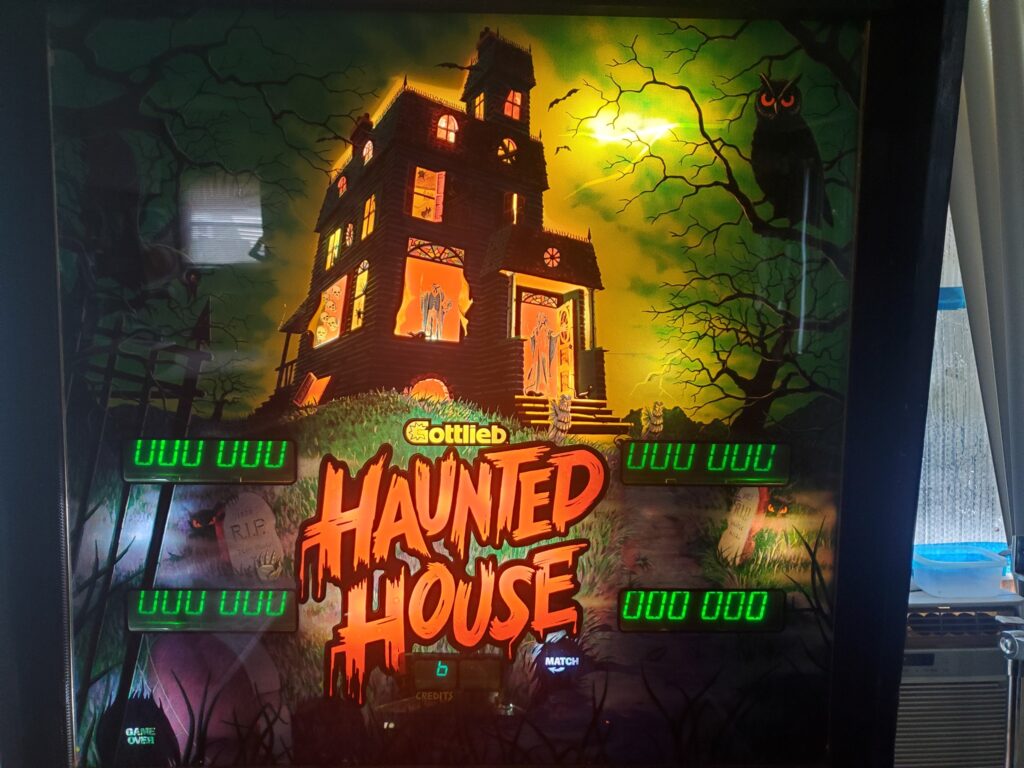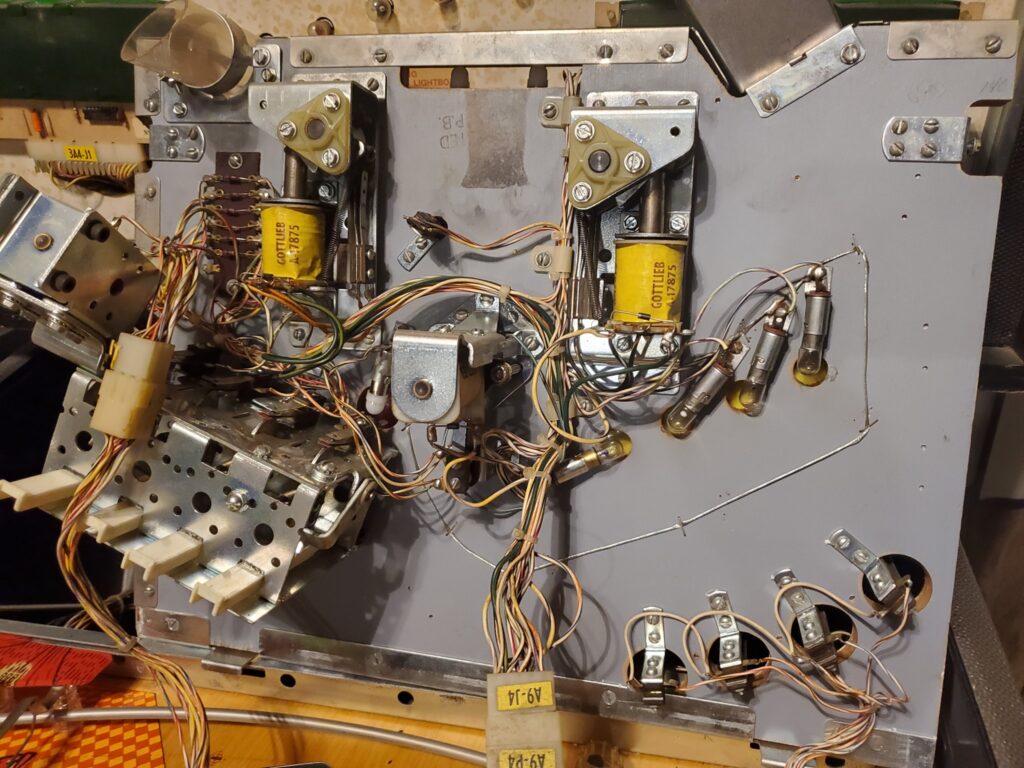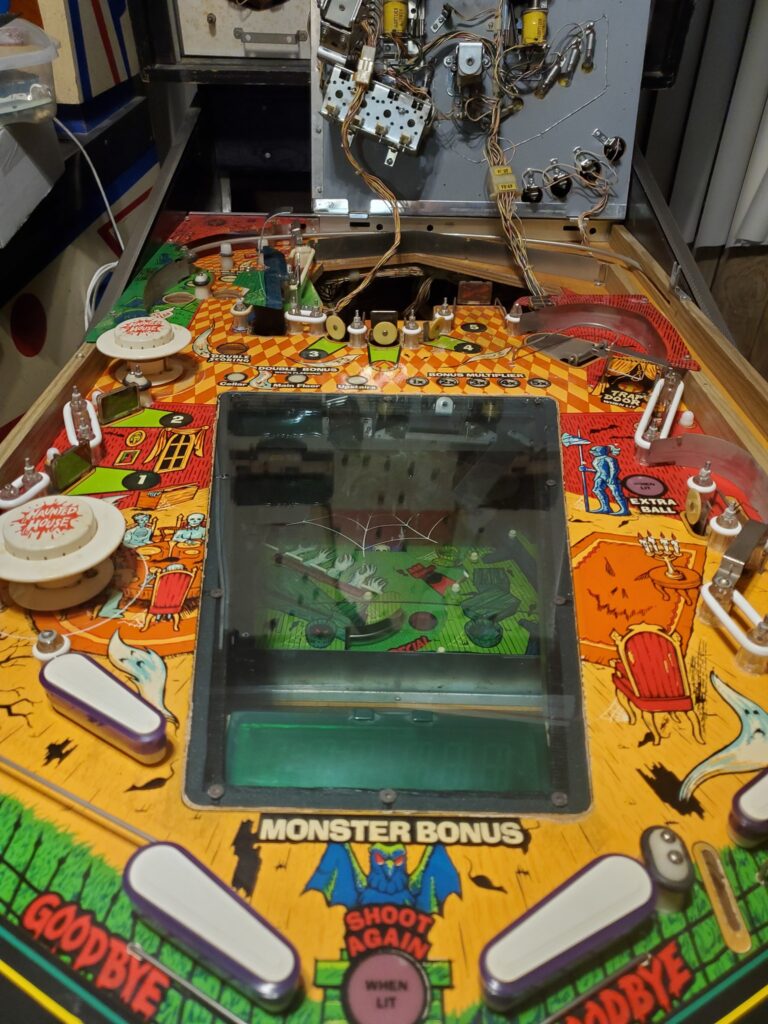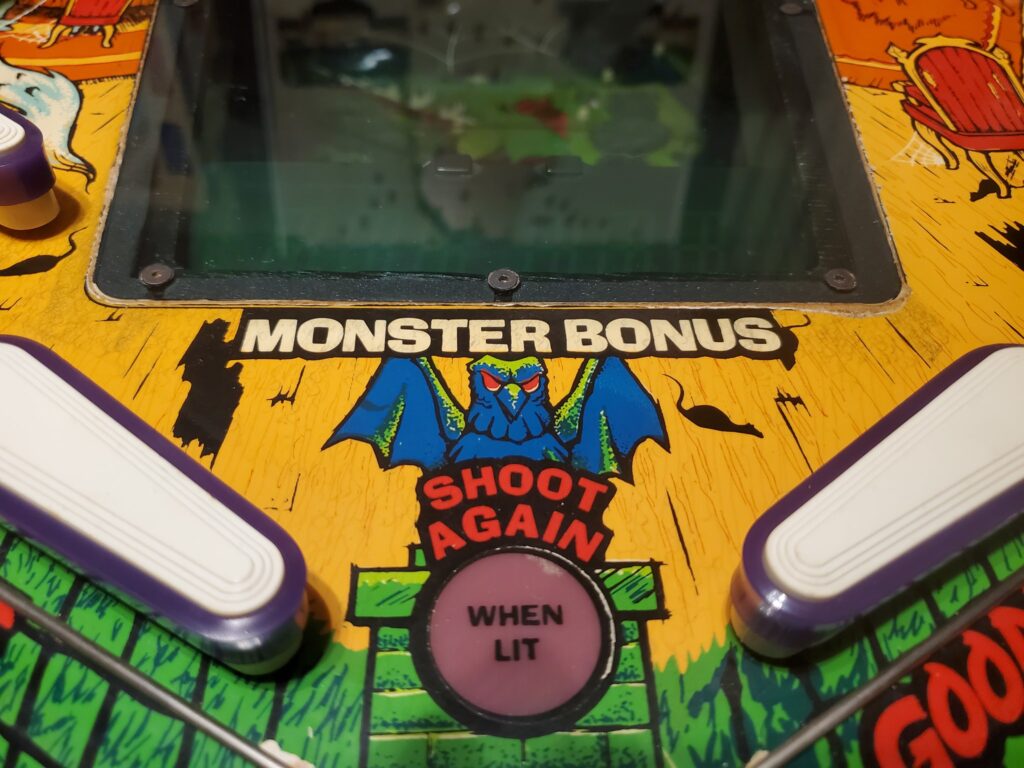This is another in my “Occam’s Razor Pinball Fixes” series. These videos demonstrate the principal of Occam’s Razor, which states, “The simplest solution is the most likely” and we often forget this.
In this case, I couldn’t get Haunted House to start a game.. the fix was significantly easier than what I thought it would be. (And no, it’s not because there wasn’t a ball in the machine.. LOL)
Tag Archives: gottlieb
Pinball Showcase: 1982 Gottlieb “Haunted House”
Recommended Gottlieb System 80 Ground Mods (Haunted House – Part 9)
Now that I’ve got Haunted House running, it’s time to bulletproof the game – ideally you’d probably want to do the ground mods from the very beginning because in some cases, you might not be able to get the game working otherwise, but in this case, I managed to get the game to boot and appear to play well, so now we’re doing the required ground modifications to make the game more stable and reliable.
What’s actually involved in that?
It’s pretty simple. Gottlieb used single-sided edge connectors (unlike Trifucon which has contacts on multiple sides) for most of their connections. Over time, these connectors tended to fail, either by the contact surface becoming oxidized, or the blades becoming fatigued and not making good contact. Since ground is so important, without a solid contact, the game can behave in a variety of different and unpredictable ways, from random reboots, to intermittent issues with everything from lights to sound to coil firing. The general rule with Gottlieb games is if you’re having a weird problem that isn’t consistently repeatable, there’s a good chance it’s related to the powertrain. The most obvious culprit in the power chain is going to be the ground/return lines.
In-a-nutshell, the ground mods involve running an extra ground wire to tie all the different board’s ground lines to a common ground, and tie the head and the cabinet ground lines together — the only exception is you keep the 45v solenoid ground line separate (this is to ensure that if there’s a coil short, it doesn’t send high voltage to the rest of the game’s more sensitive components). Each board has a different recommended spot where you should tap into the ground, often it’s near one leg of a capacitor (which should also be changed if they’re original). Use 18 gauge wire (preferably green colored) and tap into each board with one end in the designated spot, then crimp a spade terminal on the other end and tie all the boards to a single ground plane (usually the metal bracket that mounts the power supply in the upper left corner — be sure to sand the paint off the area so you can make contact (alternatively you can also solder directly to the bracket.
Once you have all the boards tied to a single plane, you want to tie that to the head and the cabinet, by running wires from the power supply bracket to the metal frame in the head, and then one down into the cabinet to the transformer board, where you’ll find a ground backplane you solder to (on System 80B games, you’ll also want to take all the ground wires that terminate on the transformer board and tie them together, preferably eliminating the molex connectors they used which cause problems).
Click at the top of each image below for larger versions:
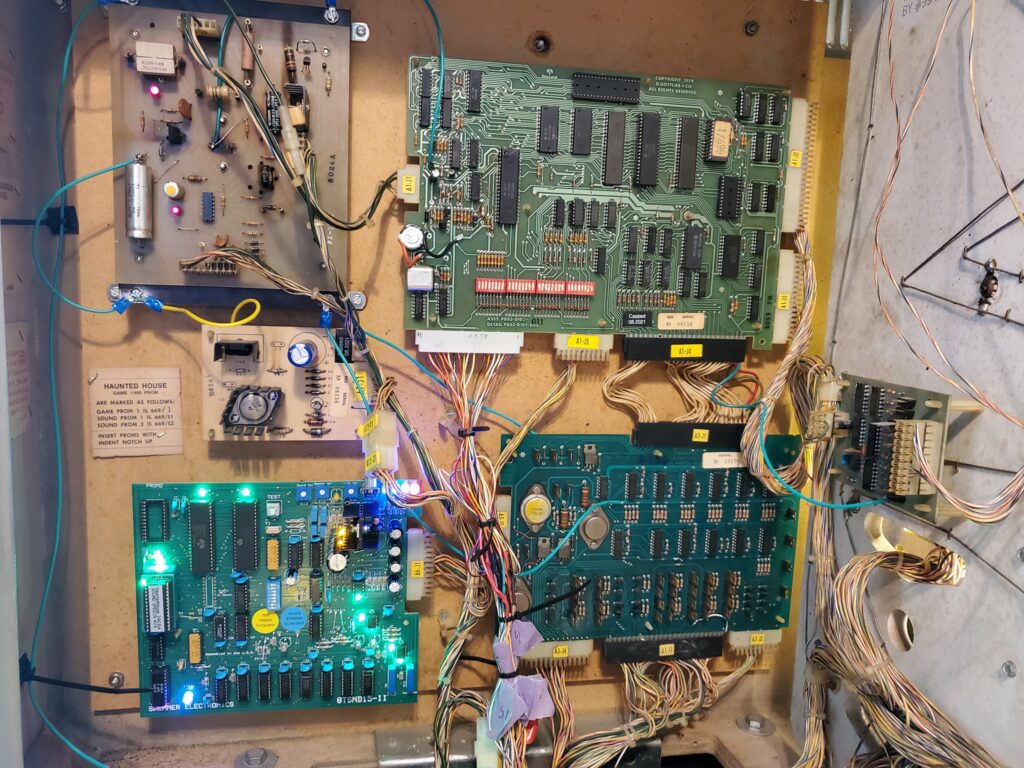

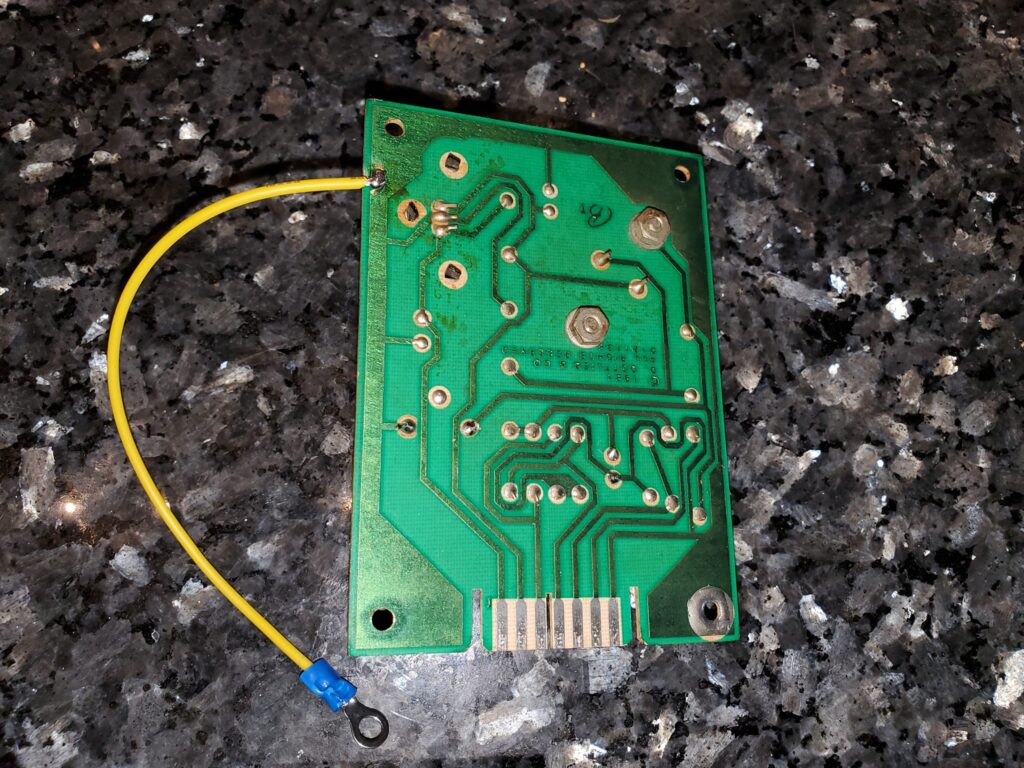
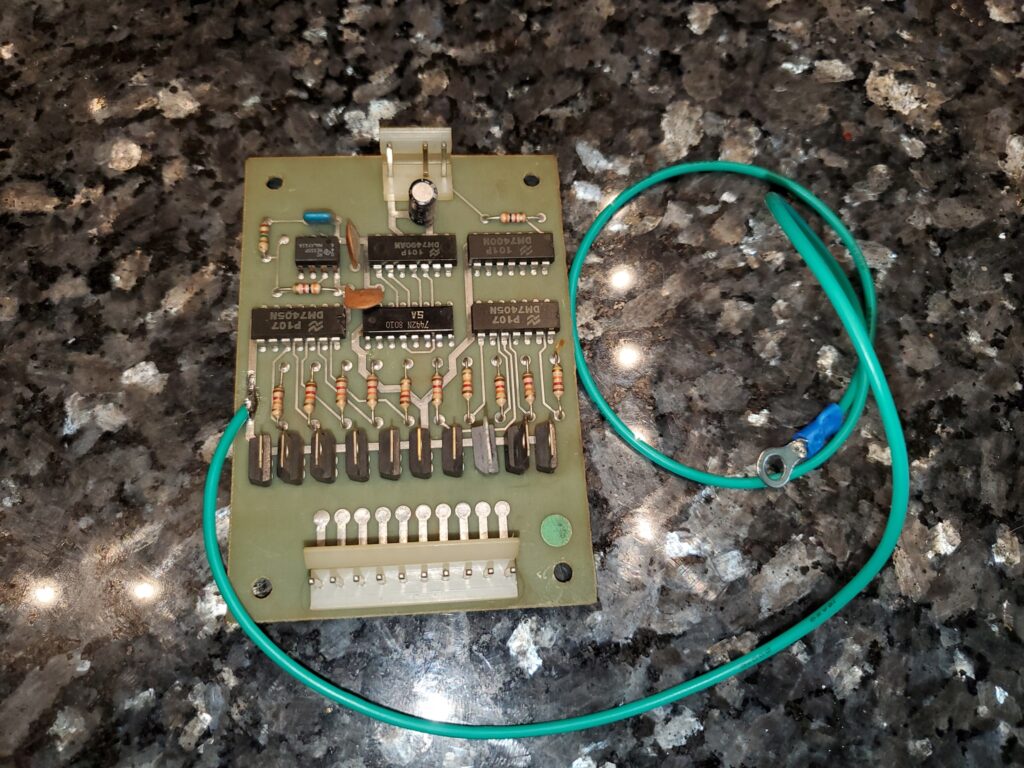

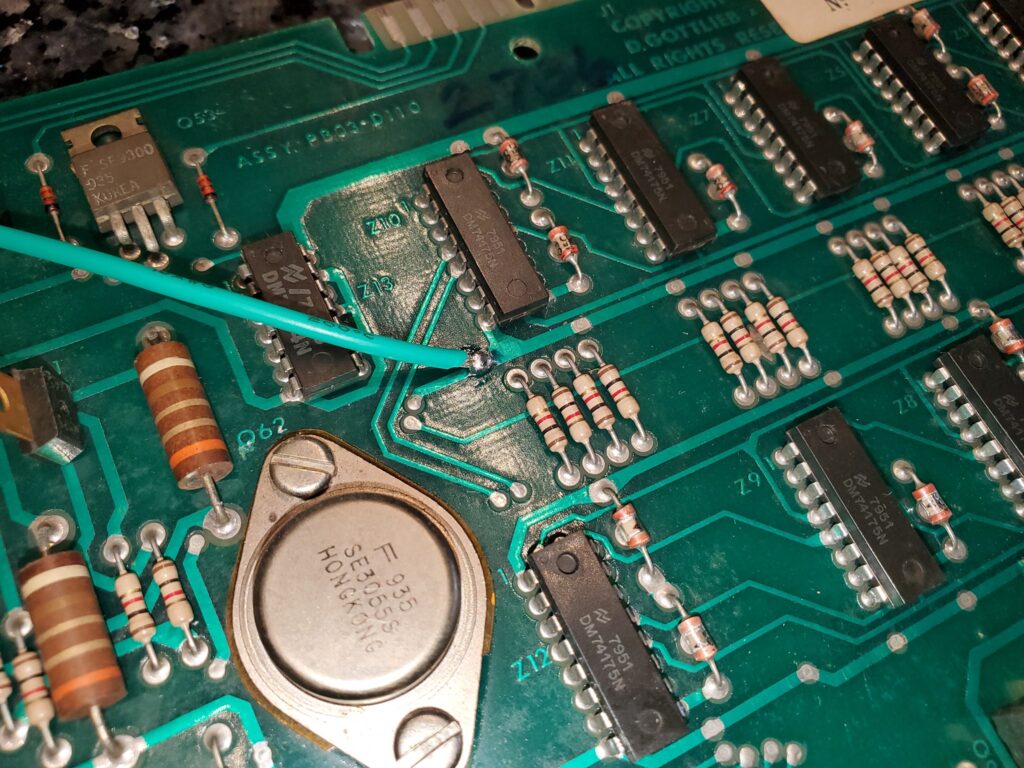
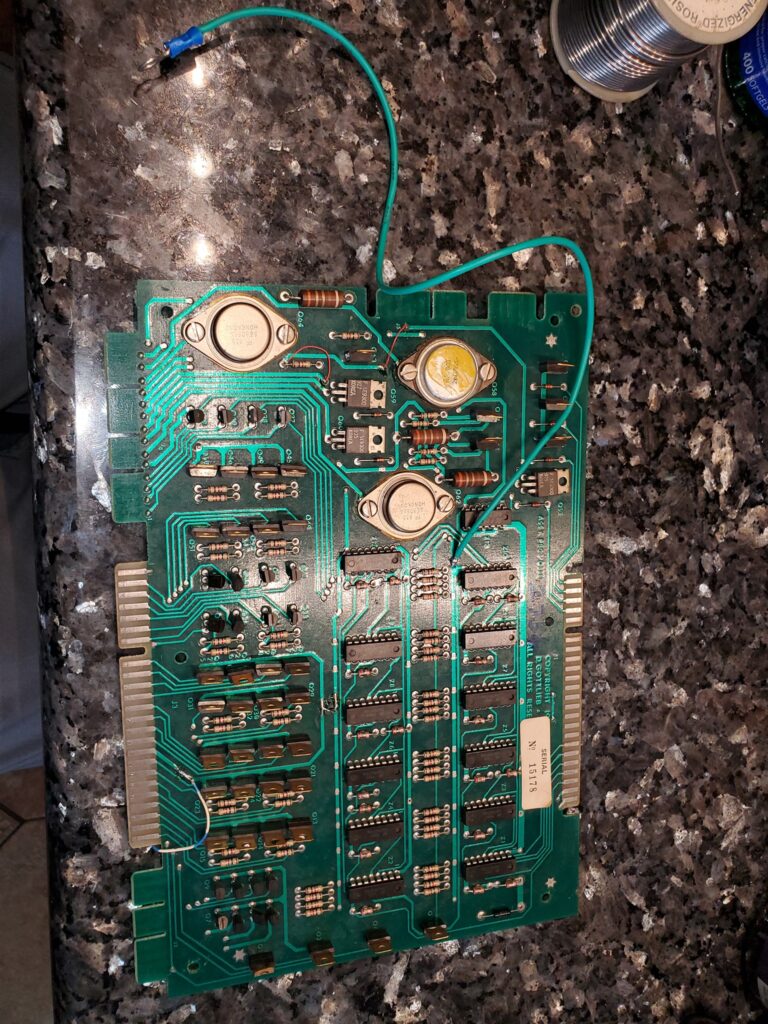
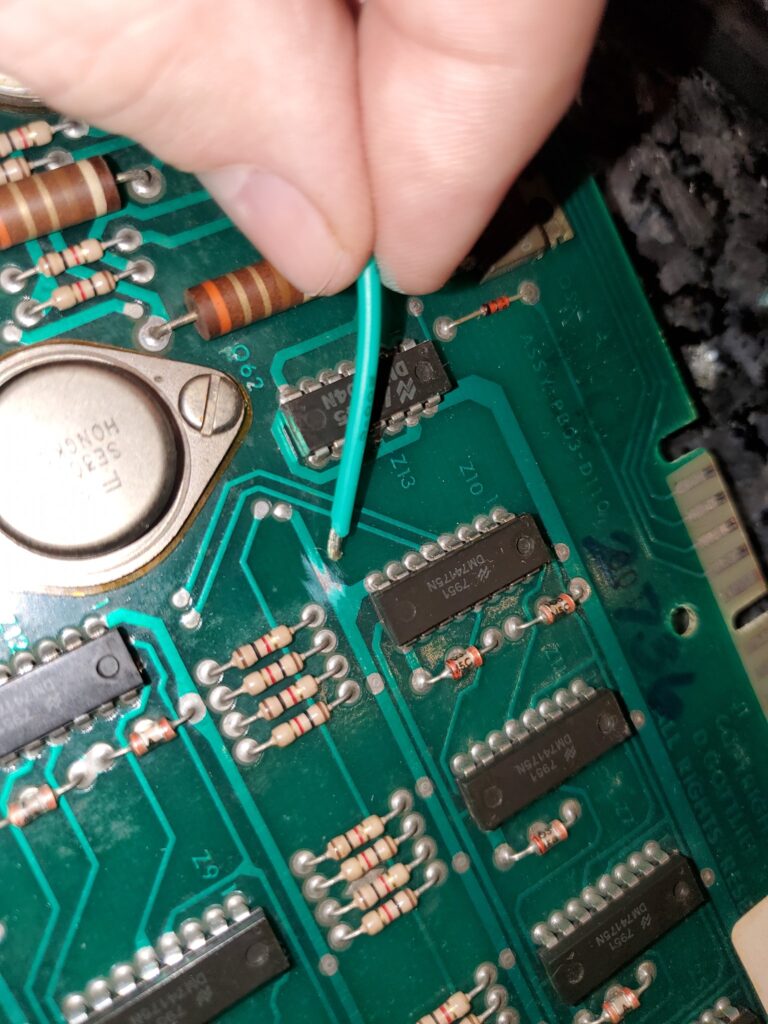
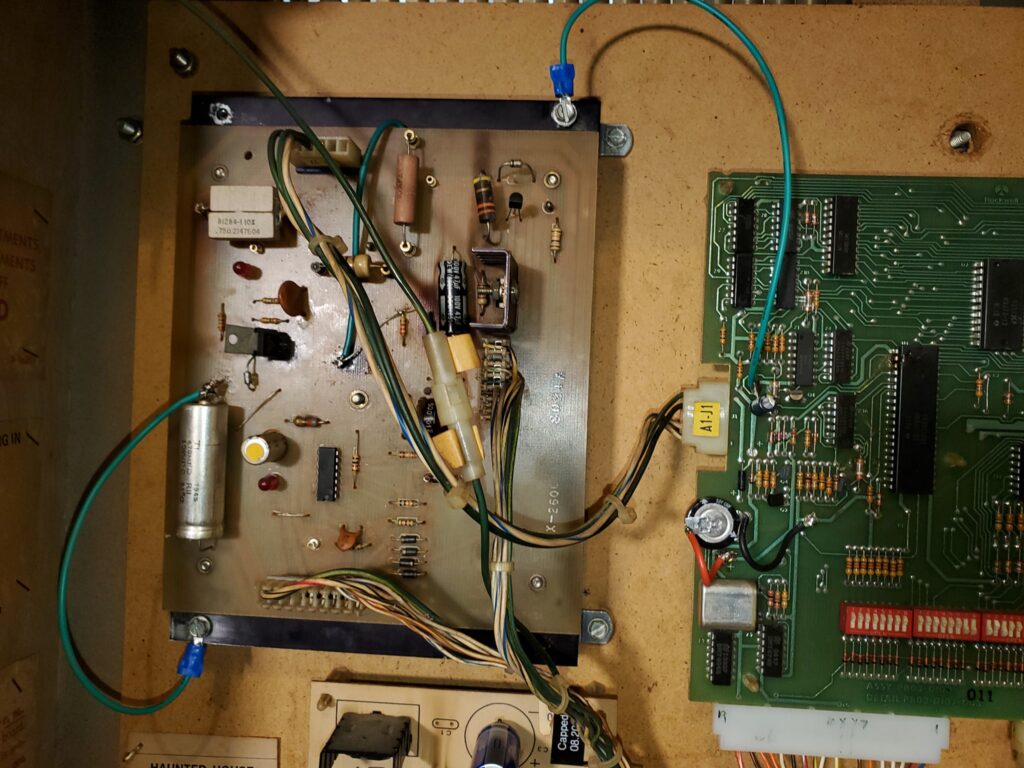
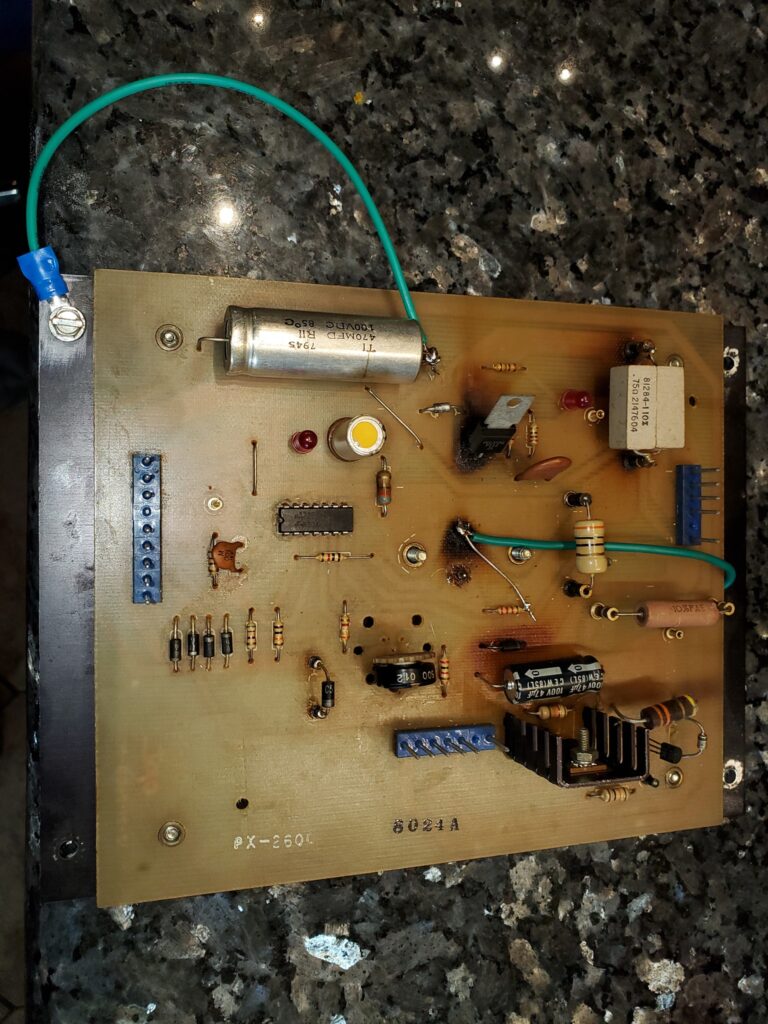
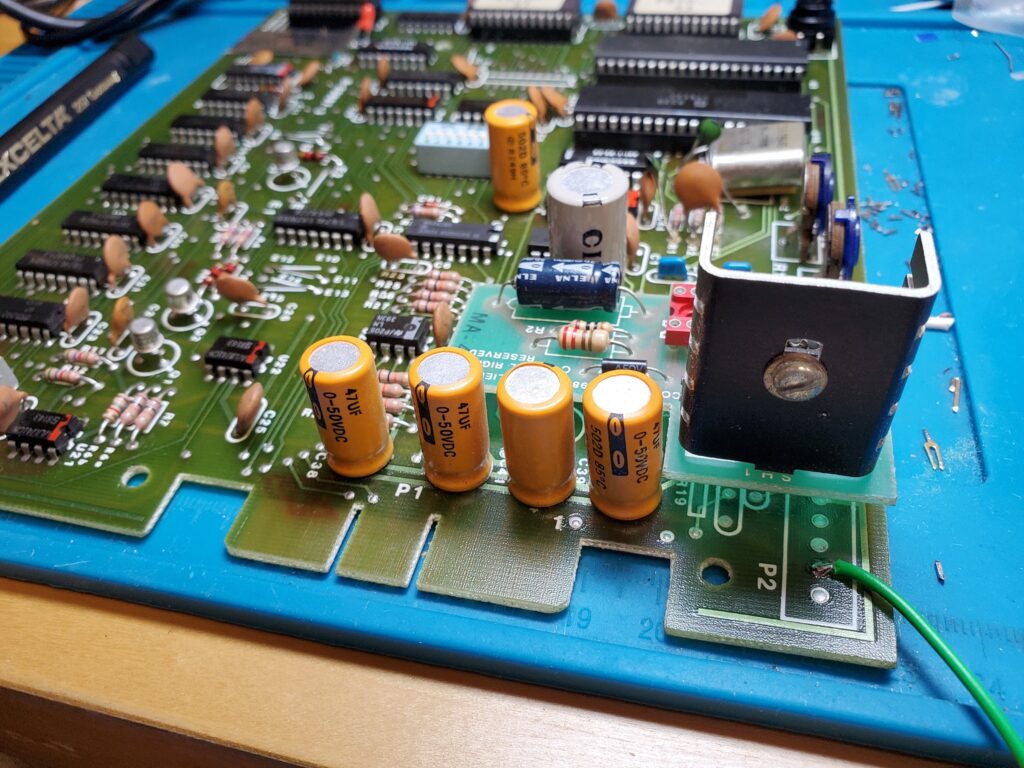
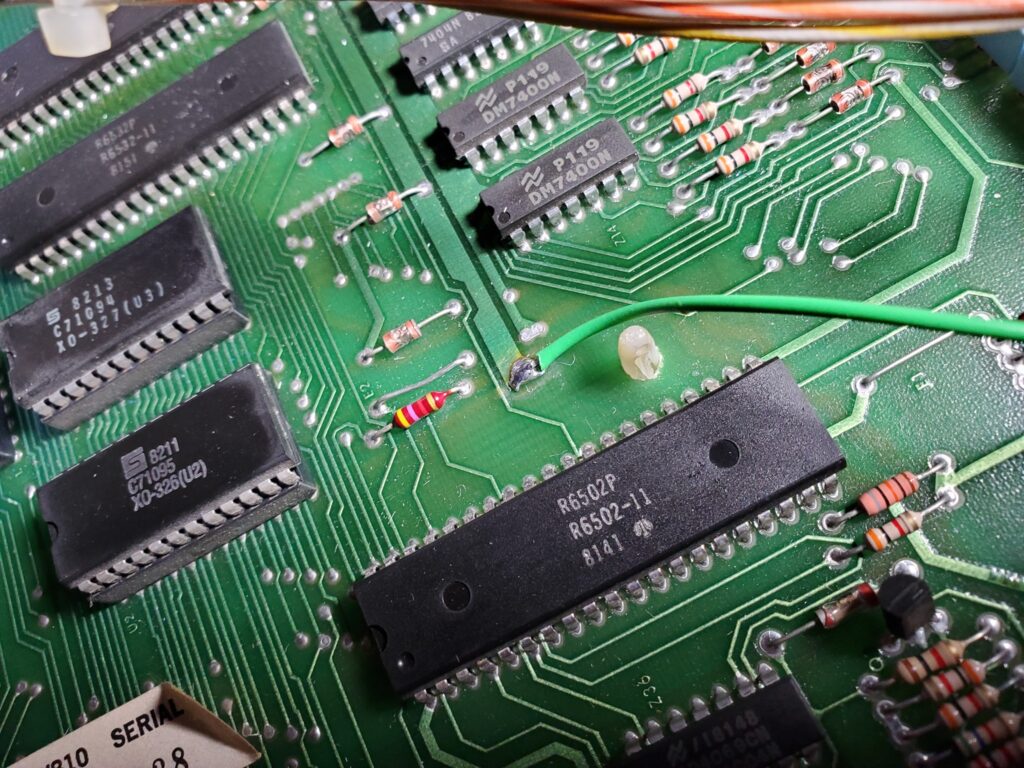
Haunted House Lives! (Parts 4-7)
This is part of the ongoing series of restoring a 1982 Gottlieb “Haunted House” pinball. From crazy wiring problems to system upgrades, I’m taking you along with me on this scary ride.
In this next series, I tackle one of the most intimidating problems: a huge mess of hacked wiring. Can we untangle this mess? Will the game actually work? Let’s find out!
You can see the previous parts here.
Rebuilding/Bulletproofing Gottlieb Pop Bumper Driver Boards
This is a series of three videos covering before, during and after, demonstrating problems with Gottlieb System 80 pop bumper driver boards. There are some basic things you want to do to make them work better and more reliably.
Summary of Pop bumper board mods:
- First, check to see if you have older, or revised boards and convert older versions to the new revised version
- Replace 47uf cap with 100-200uf cap
- Add a 4.7uf 10v cap on underside to help with “phantom pops”
- Re-flow pin headers and make sure to remove any oxidation from the pins
- Test the driver and replace with a Tip102 if needed
- To reduce “ghost pops” you can add a 47uf (10v-16v) cap between the pins displayed below:


Restoring a 1967 Gottlieb “Hi Score” pinball machine
This is a “first look” and an overview of what I need to do to get this interesting old pinball machine working again.
Pinball Showcase: 1969 Gottlieb “Target Pool”
This is a very fun game that I recently dragged back to my house to work on. It was being a bit cranky and I finally got a chance to fiddle with it and get it working. I’m still tweaking it but wanted to do some gameplay videos. I forgot how really fun this game is. It’s all about nudging. This is one of the best games to learn the subtle art of nudgng on and widely regarded in pinball collection circles. Come see what the fuss is about..

